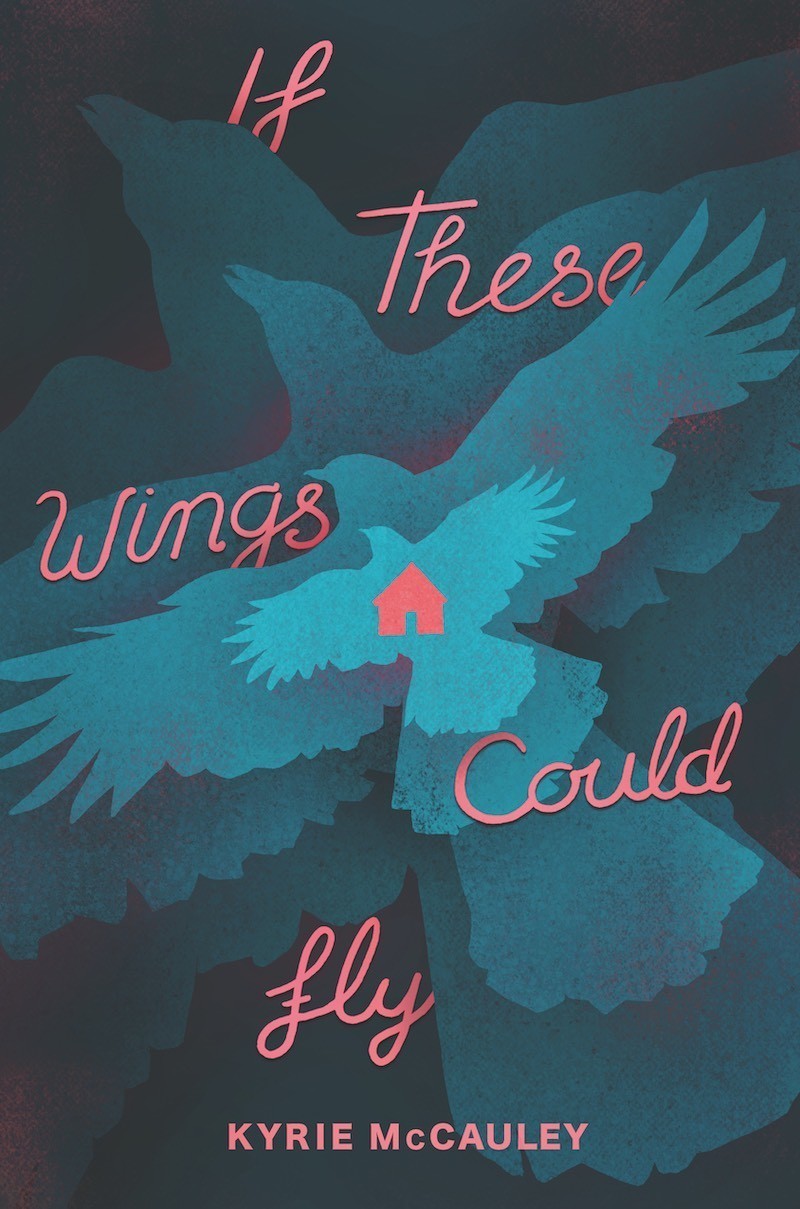Chapter 45
byChapter 45 begins with the narrator reminiscing about several painful episodes from their childhood, moments marked by both physical and emotional distress. These memories are vivid and impactful, starting with the incident at age four when the narrator stepped on a piece of sharp scrap metal, an early experience of pain that left a lasting impression. As they grow older, more painful moments arise, such as the fever that consumed them at seven years old, leaving them weak and vulnerable. Then, at age eleven, the emotional and physical turmoil tied to their first period becomes another marker of pain. While each of these incidents contributed to the narrator’s understanding of suffering, the real pain they now experience is directly linked to their mother’s anguish. The chapter paints a picture of how the source of pain evolves, showing that as childhood experiences shape one’s sense of vulnerability, adulthood brings its own deeper, more complicated emotional challenges, especially when tied to family relationships.
As the narrative shifts to the present, the mother is depicted as crouched, visibly distressed, and overwhelmed by confusion and suffering. Her physical posture reflects the emotional turmoil that she’s enduring, making it clear that the pain she’s experiencing is not only physical but also deeply psychological. The narrator’s instinct is to comfort her, a desire that manifests in the question, “Where does it hurt?” but the response, “Everywhere,” strikes a chord, underscoring the pervasive nature of the mother’s suffering. Her words are filled with such despair that they resonate deeply with the narrator. The atmosphere in the scene becomes more intense, with the image of crows cawing in the background adding an eerie, almost ritualistic feel to the moment. The sounds seem to echo the heaviness of the mother’s anguish, enhancing the emotional weight of the scene. It is as though the environment itself reflects her internal state, intensifying the reader’s sense of the mother’s pain and the depth of the trauma she’s experiencing.
The emotional bond between the narrator and their mother becomes increasingly evident as the narrator attempts to console her, trying to reassure her that she is now safe, that “he” is gone. The “he” in this case refers to the abuser who had caused years of torment—both physical and emotional. Despite the removal of the abuser from their lives, the mother’s tears are not easily categorized as simple sorrow. Her tears fall without touching her cheeks, signifying a pain that runs deeper than the visible emotional wounds. The imagery of her tears, left unacknowledged and uncomforted, paints a picture of profound sorrow, one that cannot be easily resolved with words or assurances. The narrator, while trying to comfort her, is faced with the painful realization that safety does not always equate to healing, and that the scars left by years of abuse cannot be erased by mere presence or words of support. This realization brings a sense of helplessness, as the mother’s emotional pain seems to persist regardless of her current circumstances.
The complexity of the mother’s suffering becomes more apparent as the narrator learns that her pain is not simply a result of the abuse, but also from the absence of the abuser. Despite the torment he caused, the mother secretly longs for his return, revealing the intricate and often contradictory nature of emotional attachment in abusive relationships. This longing highlights the confusing reality that many abuse survivors face—where the very person who inflicted pain on them is also someone they desire, even after they’ve escaped the harm. The contradictory feelings of love and loss can coexist, creating emotional turmoil that is difficult to untangle. The mother’s whispered wish for the return of the abuser underscores the emotional dependency that can form in toxic relationships, where love, fear, and trauma become inextricably linked. This twist adds a layer of complexity to the narrative, illustrating that healing from abuse is not as simple as removing the abuser from the equation.
The chapter concludes with the narrator reflecting on their own pain, realizing that they, too, are hurting “everywhere.” This self-awareness creates a powerful connection between the narrator and their mother, as they recognize that both are trapped in cycles of pain, suffering from the same underlying trauma. This realization is significant, as it highlights how trauma can transcend generations, with the narrator now carrying the weight of their mother’s suffering as well as their own. The emotional connection between mother and child becomes a shared experience of hurt, one that is difficult to escape. The chapter ultimately conveys the idea that the effects of abuse are far-reaching, leaving scars not only on those directly involved but also on those who bear witness to it. The haunting echo of interconnected suffering lingers, emphasizing the emotional complexity of trauma and the difficulties of healing. Through this deep introspection, the chapter provides insight into the long-lasting impact of abuse, and the slow, painful process of both confronting and overcoming it.

